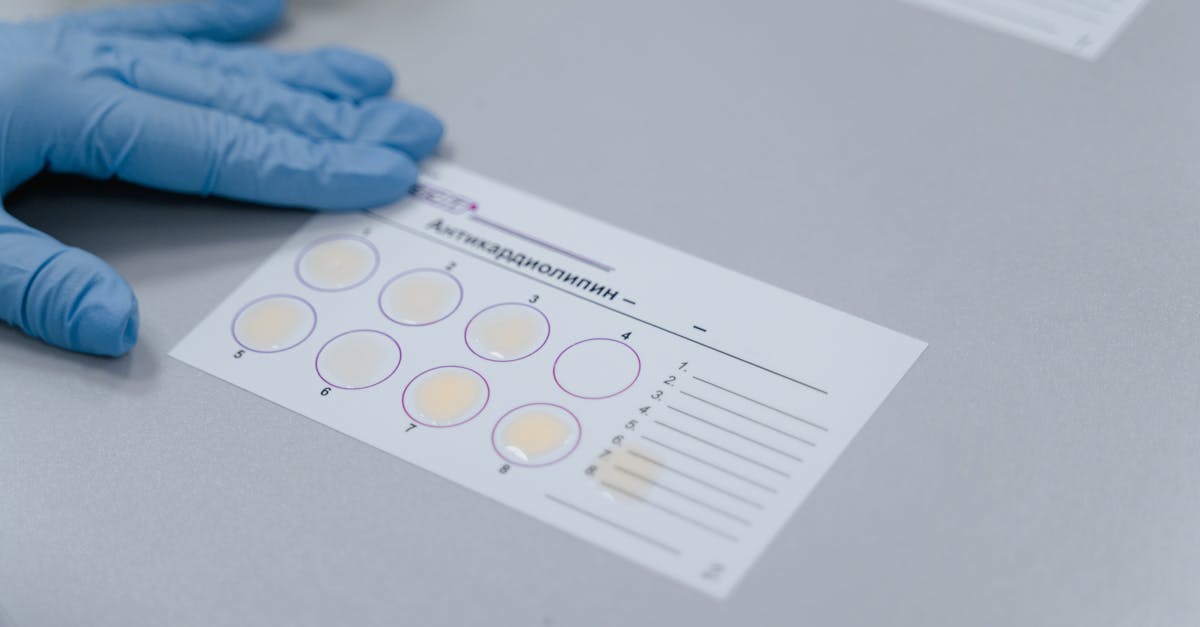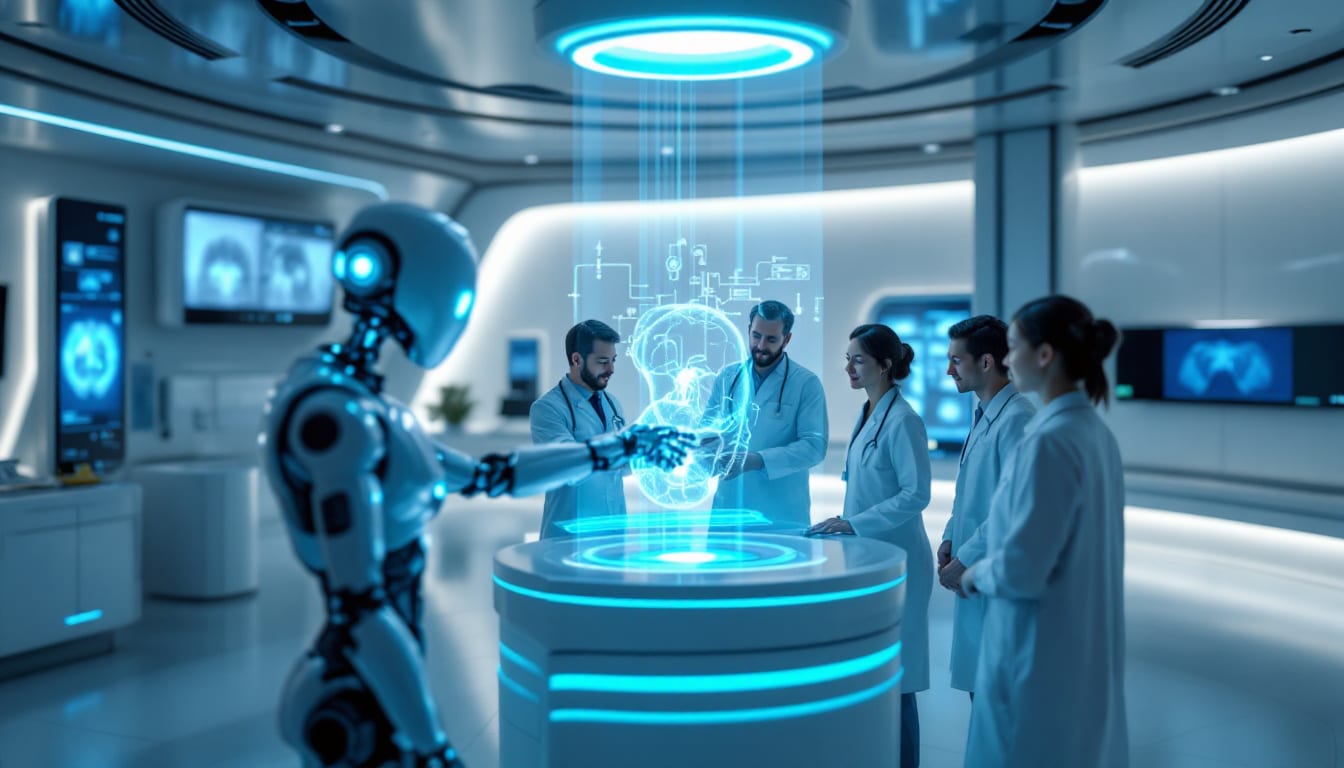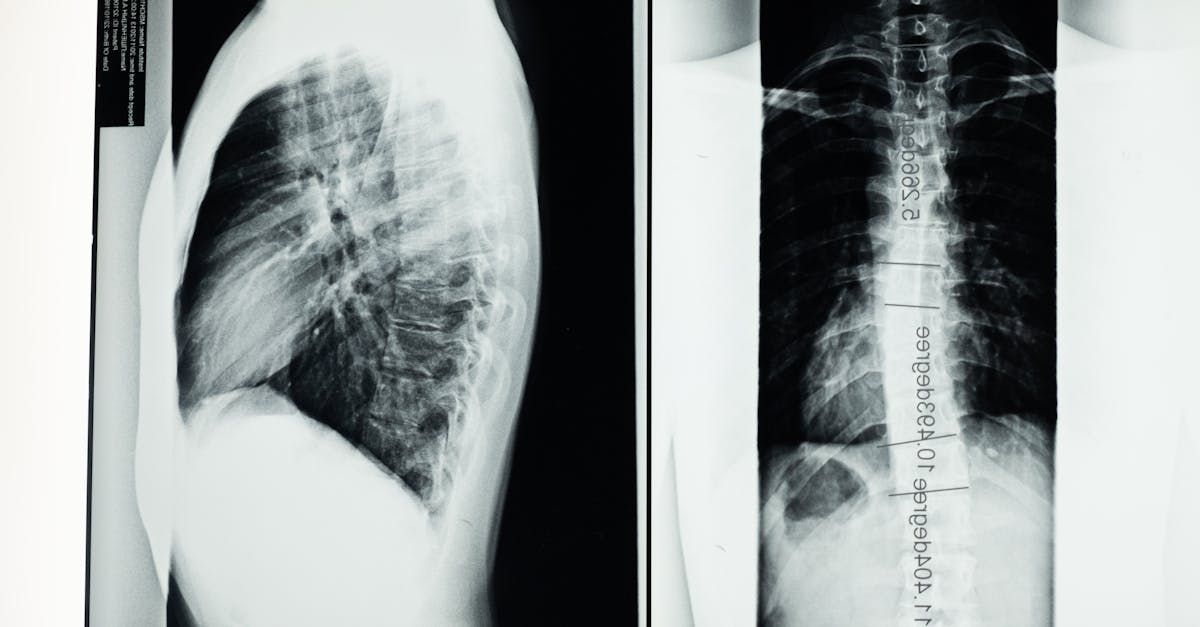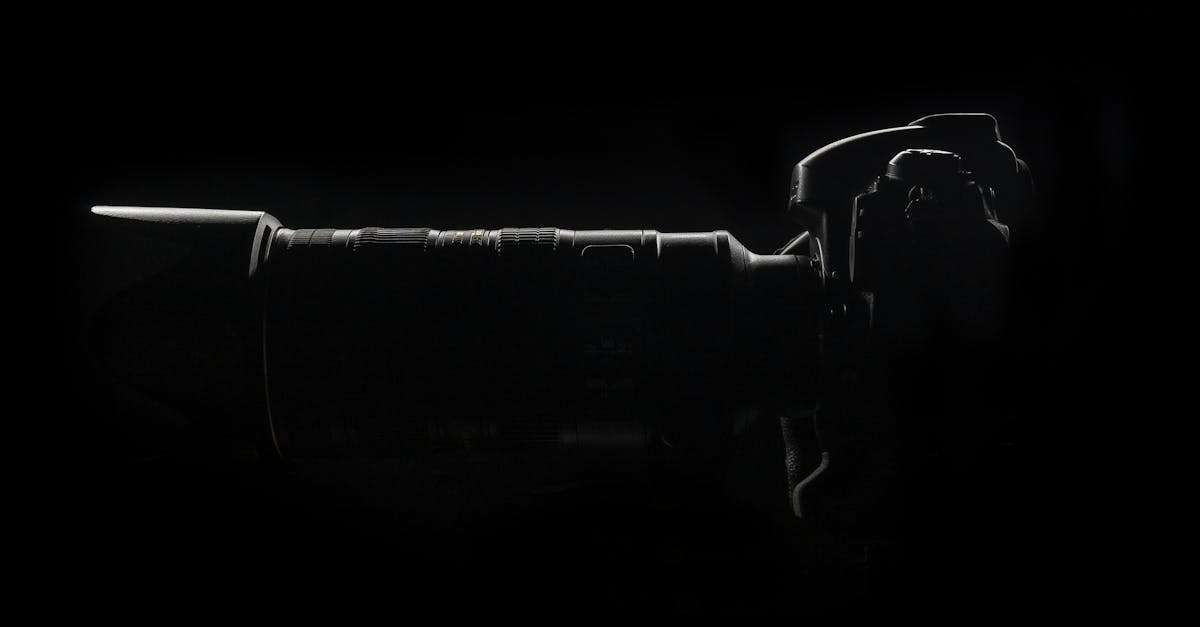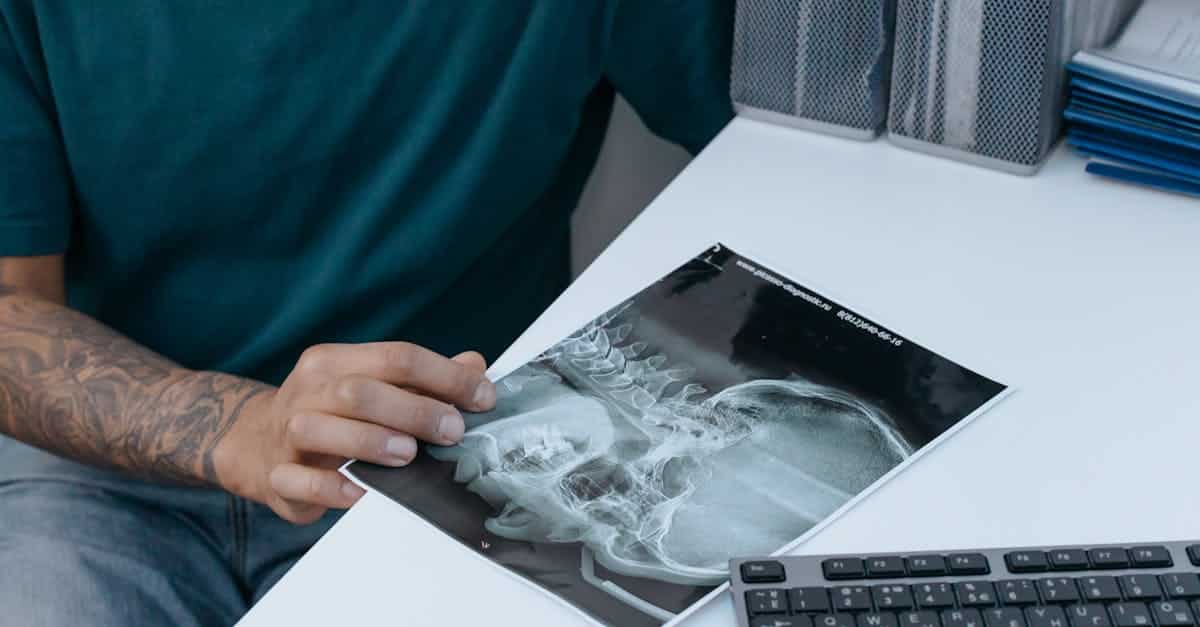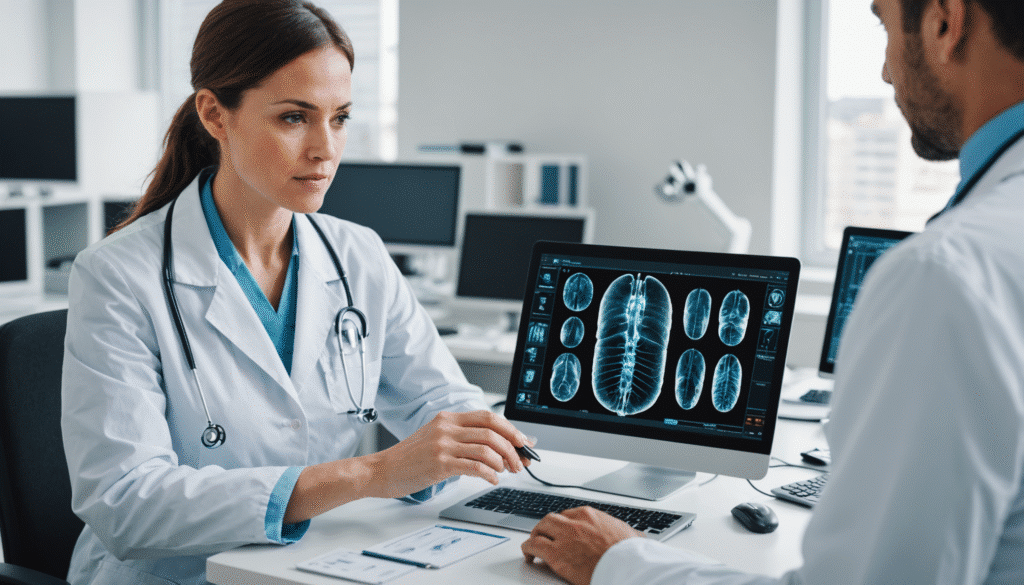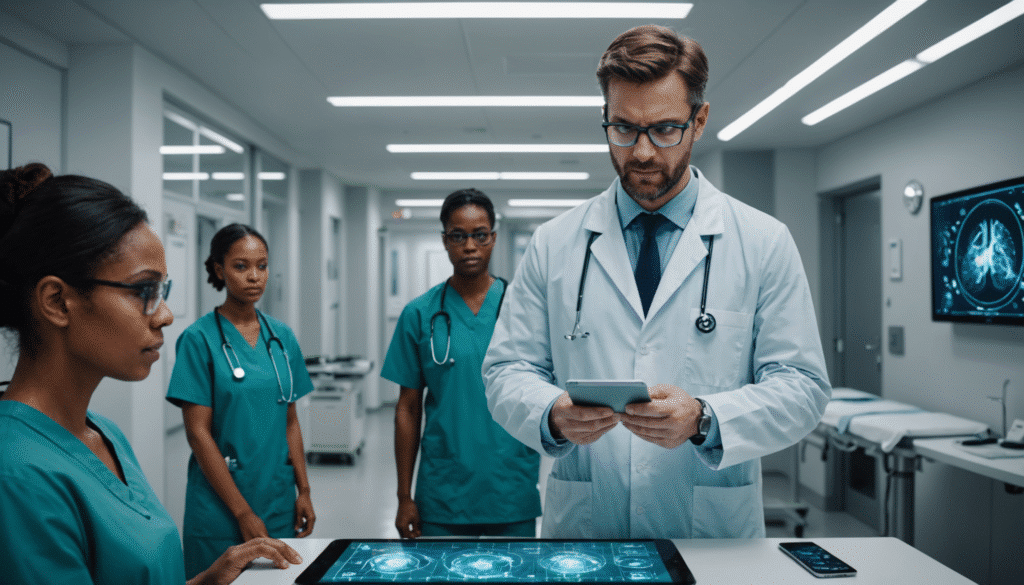The field of medical imaging is undergoing a profound transformation thanks to the introduction of artificial intelligence (AI). AI offers innovative solutions to improve the accuracy of diagnoses, optimize workflows, and ultimately enhance the quality of care. The analysis of medical images, once laborious and subjective, is becoming increasingly objective and efficient due to these new technologies. This article explores how AI impacts the way physicians interpret medical images, focusing on its applications, challenges, and future prospects.
Understanding artificial intelligence in medical imaging
Artificial intelligence in medical imaging primarily focuses on the use of machine learning algorithms and deep learning to analyze images. These technologies allow for the extraction of relevant information from medical images, whether they are X-rays, MRIs, or CT scans. For example, deep learning algorithms can identify patterns in images that may go unnoticed by the human eye, thereby improving the early detection of pathologies. A recent study shows that these tools can significantly reduce diagnostic errors.

The evolution of imaging tools thanks to AI
Medical imaging tools are constantly evolving. AI plays a key role in integrating new technologies that enhance the analysis and interpretation of results. Take the example of GE Healthcare’s 3D MRI, which uses AI tools to offer unprecedented accuracy rates. These 3D MRI models not only improve data visualization but also transform diagnosis through faster analysis. Indeed, these technologies allow physicians to focus more on patient care rather than being overwhelmed by image analysis tasks.
Concrete applications of AI in medical imaging
AI has numerous applications in the medical field. One of the areas where its impact is most visible is in anomaly detection. Machine learning algorithms are now capable of analyzing thousands of images to detect signs of cancer, fractures, or other pathological conditions. For example, studies have shown that AI can detect tumors with accuracy that rivals that of expert radiologists.
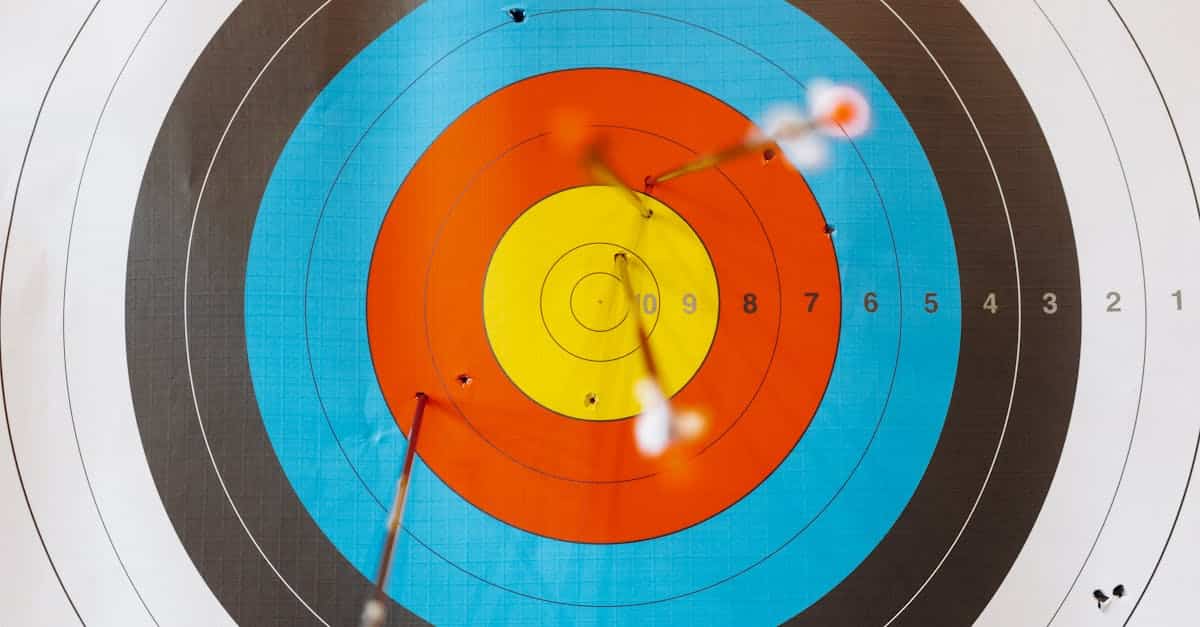
Optimizing workflows through AI technologies
The implementation of AI allows for the optimization of workflows within imaging departments. For example, AI can automate certain steps in the process, such as image classification and prioritizing cases to review. This reduces waiting time for patients and improves the efficiency of medical staff. These technological advances also make radiology more accessible, even in resource-limited environments.
Challenges and ethical considerations of AI in imaging
Despite its obvious advantages, the use of AI in imaging is not without challenges. One of the main obstacles lies in the amount of data required to train these models. The algorithms require a massive quantity of images to be effective, which can pose privacy and data security issues. Furthermore, there are ethical concerns about the increasing reliance of physicians on AI, which could reduce their ability to make independent clinical judgments.

The need for training and regulation
To maximize the benefits of AI in medical imaging, it is crucial to train healthcare professionals in its use. This includes not only understanding algorithms but also awareness of ethical considerations and the legal implications of using these technologies. At the same time, it is necessary to implement appropriate regulations to govern the use of AI, ensuring safe and ethical practice.
Future prospects for AI in medical imaging
In the future, AI will continue to play a major role in the evolution of medical imaging. With the increasing availability of data and improvements in algorithms, we can expect AI tools to become even more accurate and reliable. The expansion of home imaging technologies and remote analysis tools should also further facilitate access to these innovations for patients and healthcare professionals. This heralds a period where AI could not only support but also revolutionize diagnostics in medicine.
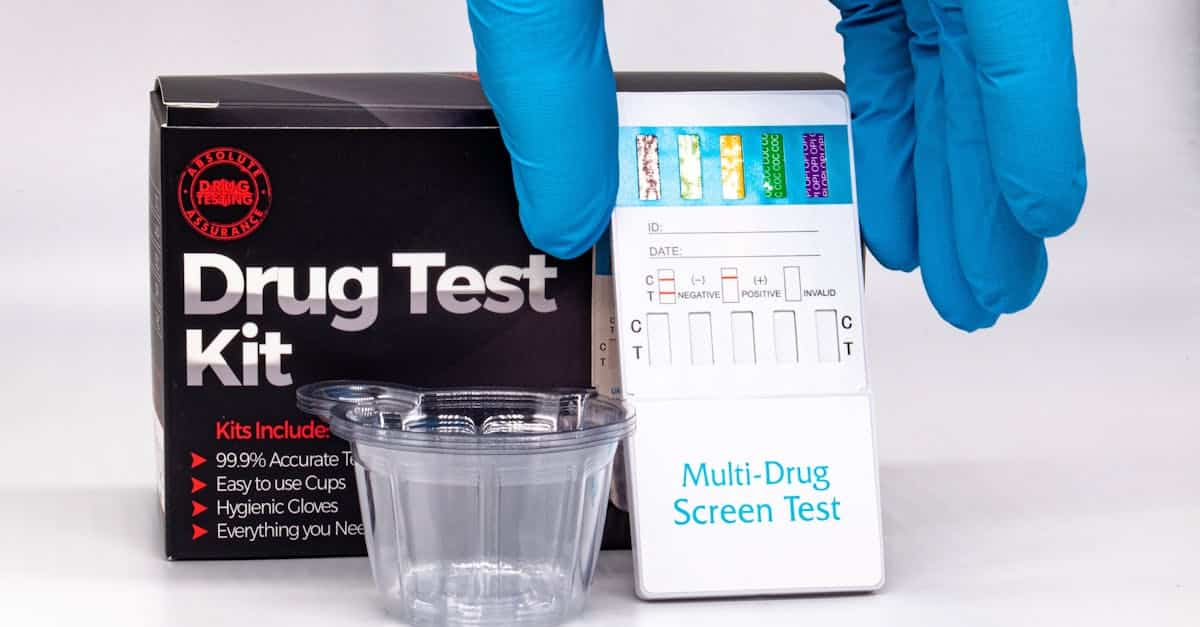
Integration of AI devices into clinical practices
Devices integrating AI into clinical practices are becoming increasingly common. The use of scanners and other medical equipment equipped with intelligent algorithms will allow for proactive monitoring and detection of diseases. This synergy between AI and traditional medical devices is essential to maximize clinical outcomes and improve the quality of care provided to patients.
There is no doubt that AI has the potential to revolutionize medical imaging. Its impact on diagnostic accuracy and the optimization of care is already visible in many healthcare facilities. By overcoming challenges and implementing appropriate training, AI will continue to shape the future of medicine, enabling better patient management.

